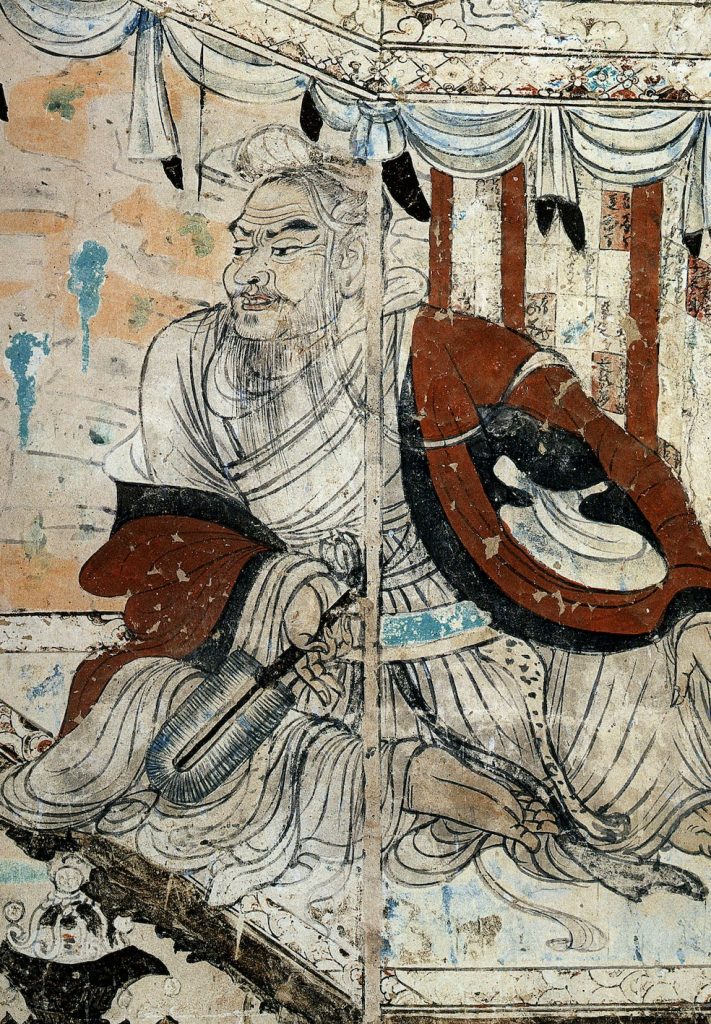
From wikipedia: https://en.wikipedia.org/wiki/Vimalakirti_Sutra
The Vimalakīrti Nirdeśa (Devanagari: विमलकीर्तिनिर्देश) (sometimes referred to as the Vimalakīrti Sūtra or Vimalakīrti Nirdeśa Sūtra) is a Buddhist text which centers on a lay Buddhist meditator who attained a very high degree of enlightenment considered by some second only to the Buddha’s. It was extremely influential in East Asia, but most likely of considerably less importance in the Indian and Tibetan sub-traditions of Mahāyāna Buddhism[according to whom?]. The word nirdeśa in the title means “instruction, advice”, and Vimalakīrti is the name of the main protagonist of the text, and means “Taintless Fame”.
The sutra teaches, among other subjects, the meaning of nondualism, the doctrine of the true body of the Buddha, the characteristically Mahāyāna claim that the appearances of the world are mere illusions, and the superiority of the Mahāyāna over other paths. It places in the mouth of the upāsaka (lay practitioner) Vimalakīrti a teaching addressed to both arhats and bodhisattvas, regarding the doctrine of śūnyatā. In most versions, the discourse of the text culminates with a wordless teaching of silence.[1] Translator Burton Watson argues that the Vimalakīrti Nirdeśa was likely composed in approximately 100 CE.[2]
Romanised sanskrit version at the Digital Sanskrit Buddhist canon project. Parallel devanāgarī versions of the verses are available at the same location
